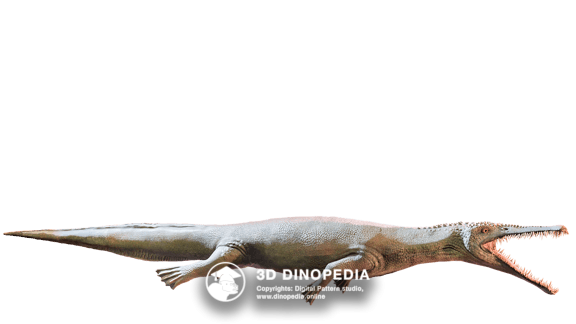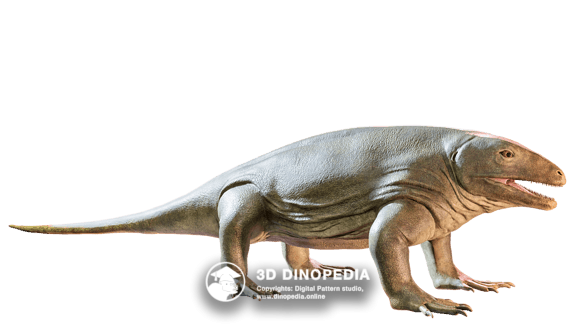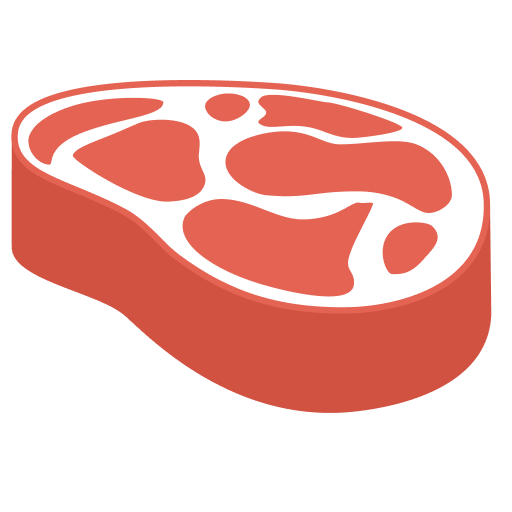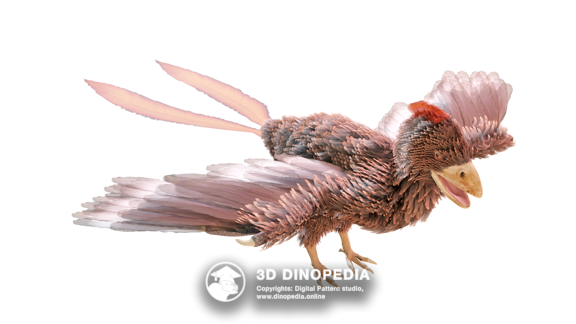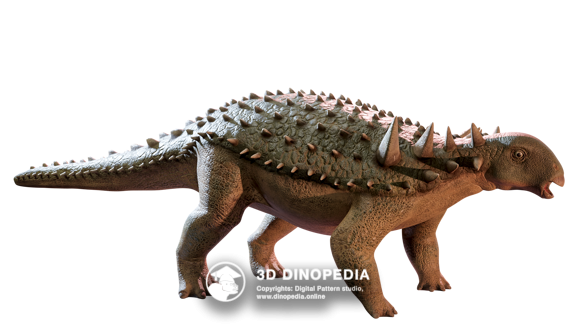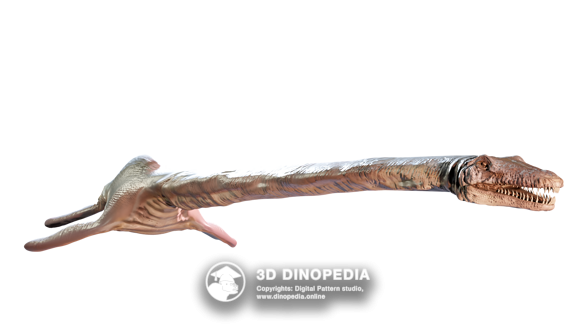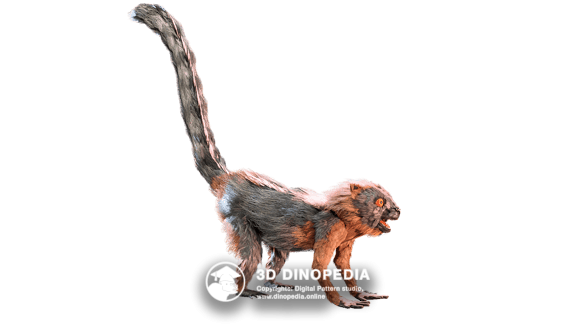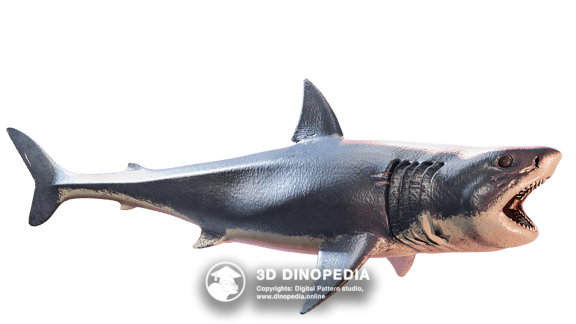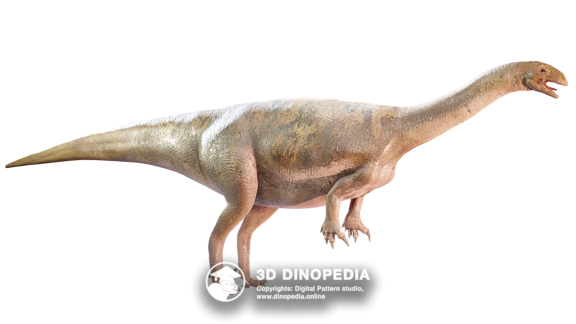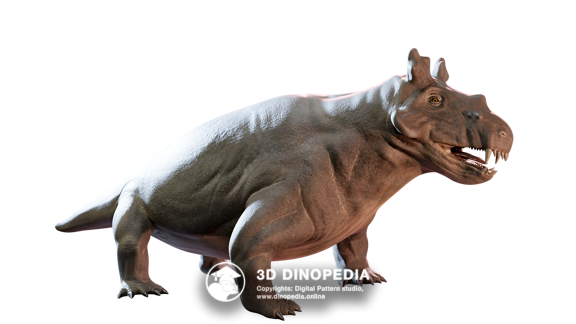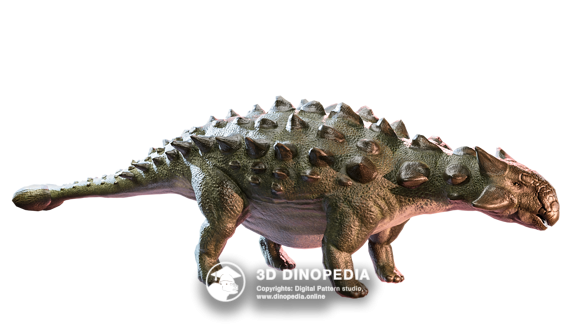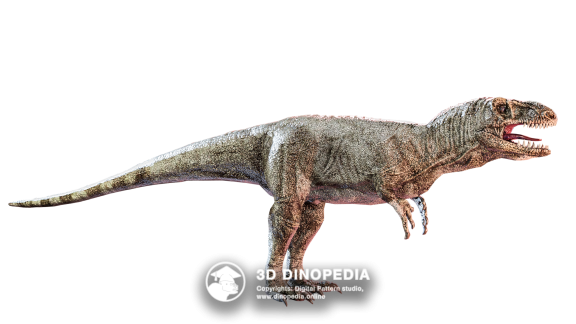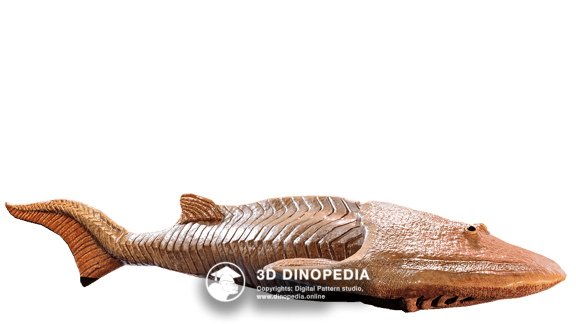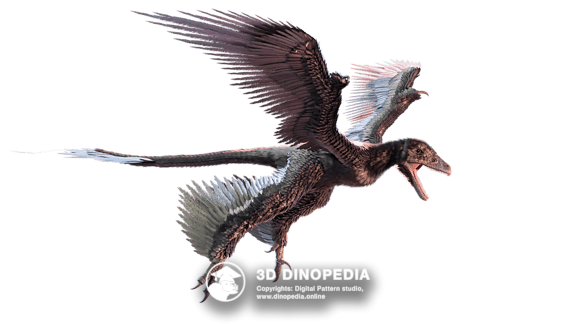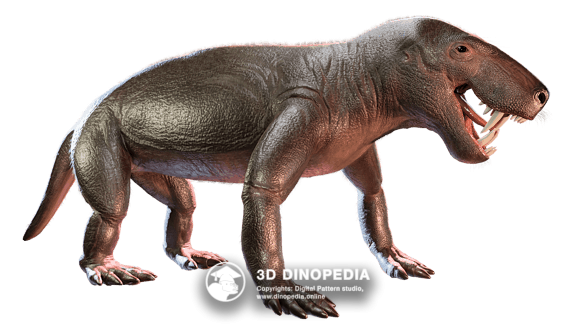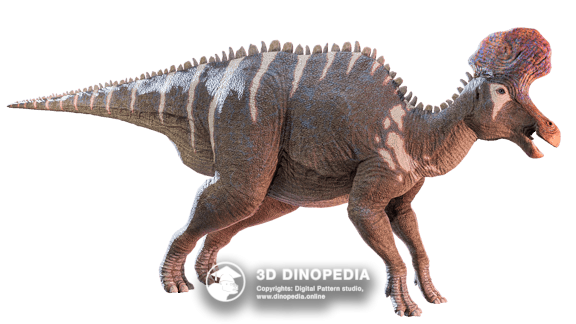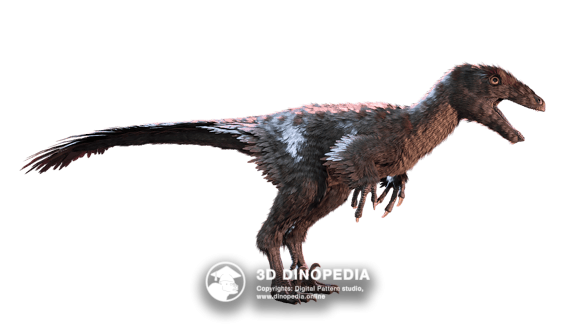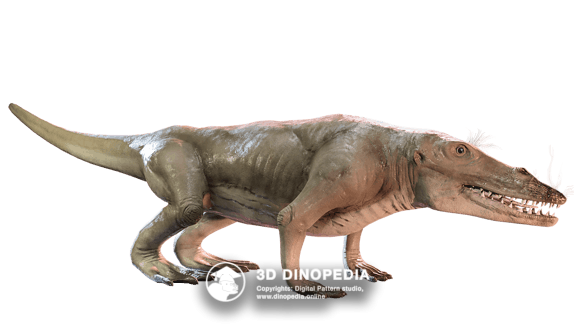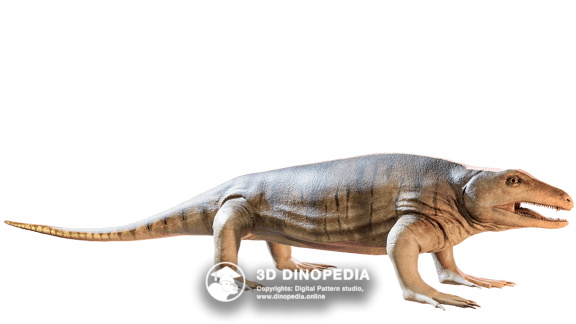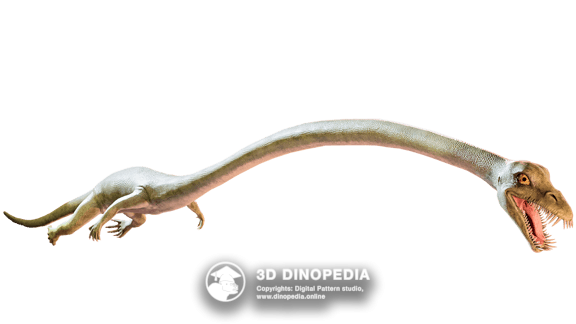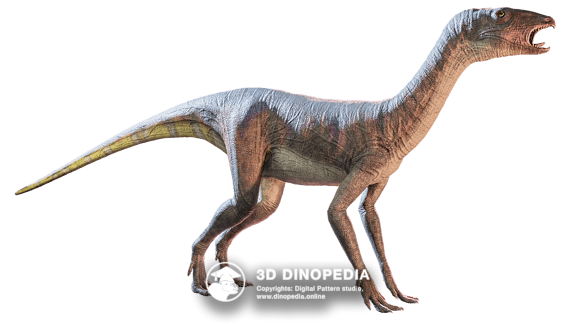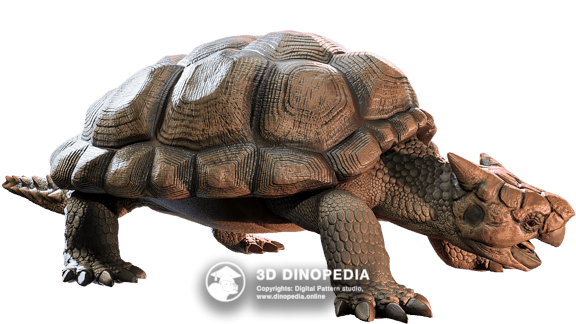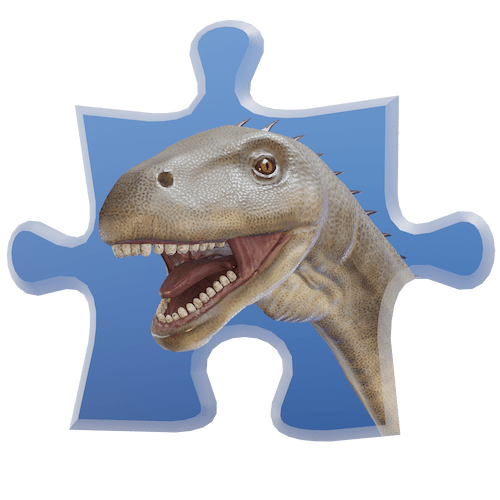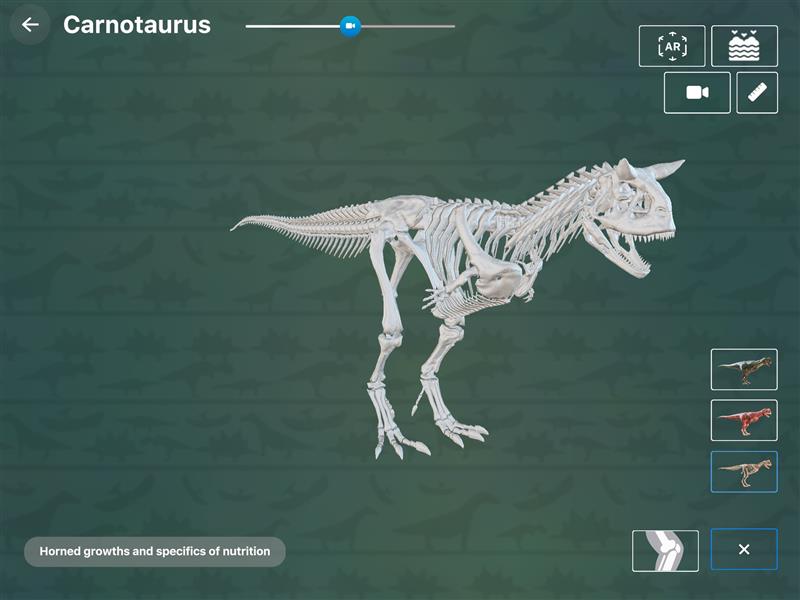Mesosaurus

Name meaning:
Middle lizard
Period of life:
299 - 272 million years ago
Period:
Habitat:
Marine environment
Taxonomy:
Reptiles
Countries:



Meaning of the name: “middle lizard”
Mesosaurus was a small aquatic reptile that lived during the early Permian period, approximately from 299 to 272 million years ago. It was a relatively small creature, reaching about one meter in length. Its body was slender and streamlined, which facilitated efficient movement in water. The long tail, making up almost half of the total body length, served as the main propellant, providing powerful strokes.
Mesosaurus had an elongated head with long jaws dotted with many thin and sharp teeth. This jaw structure was ideally suited for catching fish and small crustaceans, which made up the basis of its diet. Although Mesosaurus was an aquatic animal, it retained some traits indicating its descent from terrestrial ancestors. Its limbs had a structure similar to that of lizards but were shorter and thicker. The digits on the limbs were webbed, which helped Mesosaurus maneuver in the water.
The skin of Mesosaurus was likely smooth and scaleless, like many aquatic reptiles, reducing water resistance and facilitating faster swimming. The skeleton of Mesosaurus was very heavy for an animal of its size. This was due to "pachyostosis" - the thickening of all bones of the skeleton. All secondary aquatic animals - whales, manatees, seals, as well as extinct plesiosaurs and ichthyosaurs - had the same feature. Thick bones allowed Mesosaurus to better submerge under the water. Air in the lungs pulled the lizard towards the surface like a float, while heavy bones allowed the animal to calmly stay underwater, providing so-called "neutral buoyancy."
Unlike most reptiles, Mesosaurus lacked temporal openings at the back of the skull. This primitive trait indicates its ancient origin. Thanks to this characteristic of Mesosaurus, it was classified with scutosaurus and some other animals into a special group of parareptiles.
Mesosaurus, with its streamlined body shape, long jaws, and webbed limbs, was well adapted to life in water. Its unique structure and appearance helped it become a successful predator in the aquatic ecosystems of the early Permian period. Mesosaurs were among the first reptiles to return to an aquatic lifestyle from their terrestrial ancestors. Although the precise details of their evolution are still debated, it is believed that mesosaurs were well adapted to the aquatic environment, spending most of their lives in water, and only coming ashore to give birth.
Discussions
Other animals
 INTERESTING FACTS
INTERESTING FACTS
 PUZZLES
PUZZLES
 HOME
HOME
 3D MODEL "SKIN"
3D MODEL "SKIN"
 3D MODEL "MUSCLES"
3D MODEL "MUSCLES"
 3D MODEL "SKELETON"
3D MODEL "SKELETON"
 VISION
VISION
 NEIGHBORS
NEIGHBORS
 VOICE ACTING
VOICE ACTING
 AR - MODE
AR - MODE
 GALLERY
GALLERY
 HISTORY OF DISCOVERIES
HISTORY OF DISCOVERIES
